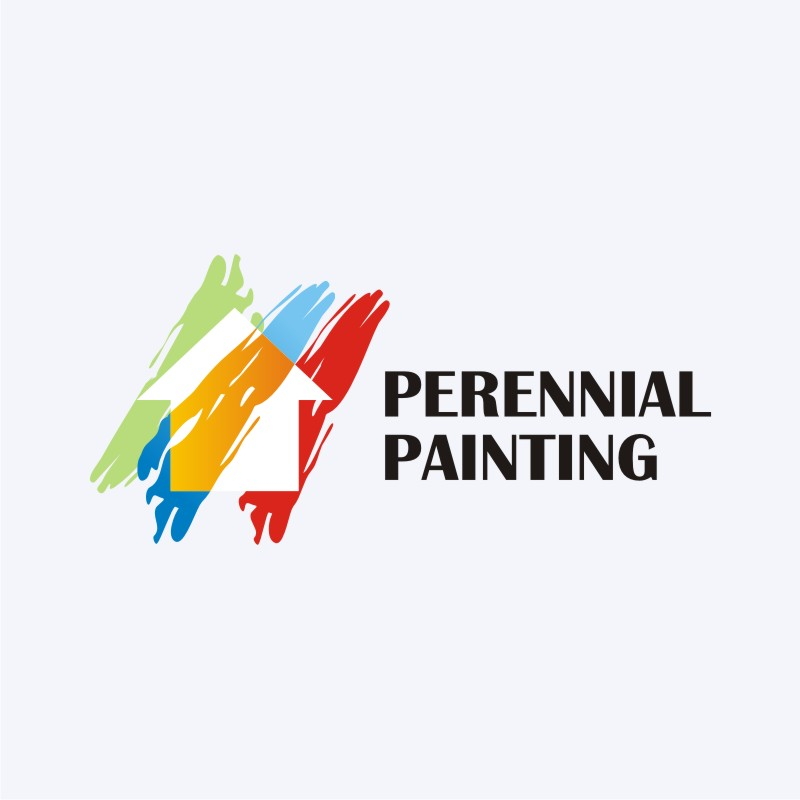. The Importance Of Weather In Commercial Outside Paint: Vital Understanding For Success
. The Importance Of Weather In Commercial Outside Paint: Vital Understanding For Success
Blog Article
Created By-Steen Hsu
When you're planning a business exterior paint project, do not take too lightly the effect of weather on your outcomes. You need to consider factors like temperature, moisture, and precipitation, as they can make or damage your paint work. For https://www.realsimple.com/home-organizing/home-improvement/painting/front-door-colors-boost-home-value , did you know that ideal problems require particular temperature varieties and moisture levels? Falling short to monitor these aspects can lead to unequal finishes or perhaps damages to fresh paint. Understanding these elements is key to accomplishing a lasting, professional result. So, what specific weather conditions should you watch out for?
Temperature Considerations
When it pertains to industrial outside paint, temperature plays a critical function in the result of your task. If you're repainting in severe heat, the paint can dry too promptly, causing problems like bad bond and irregular coatings. You wish to go for temperature levels between 50 ° F and 85 ° F for the very best outcomes. Listed below 50 ° F, paint may not treat effectively, while over 85 ° F, you run the risk of blistering and cracking.
Timing your task with the ideal temperature levels is vital. Start your job early in the early morning or later in the afternoon when it's cooler, particularly throughout hot months.
Also, consider the surface area temperature; it can be significantly more than the air temperature, particularly on sunny days. Make use of a surface area thermometer to inspect this prior to you begin.
If temperatures are unpredictable, keep an eye on the weather forecast. Unexpected temperature declines or warm front can thwart your plans. You do not intend to begin repainting only to have the problems alter mid-project.
Humidity Degrees
Moisture degrees significantly impact the success of your commercial external painting job. When the humidity is too high, it can prevent paint drying out and treating, bring about a variety of issues like inadequate adhesion and finish quality.
If you're planning a job during wet conditions, you may locate that the paint takes longer to dry, which can expand your job timeline and increase prices.
Conversely, low humidity can additionally present challenges. Paint may dry out too promptly, stopping appropriate application and causing an uneven coating.
You'll wish to check the humidity levels closely to ensure you're functioning within the perfect array, commonly in between 40% and 70%.
To obtain the most effective outcomes, think about utilizing a hygrometer to measure humidity before beginning your task.
If you find the degrees are outside the optimum variety, you might require to adjust your schedule or select paints developed for variable conditions.
Always consult the maker's guidelines for details suggestions on moisture resistance.
Rainfall Effect
Rain or snow can considerably interrupt your commercial outside paint plans. When precipitation takes place, it can wash away newly applied paint or produce an irregular coating. Preferably, you intend to choose days with dry weather to guarantee the paint sticks correctly and treatments successfully. If you're caught in a shower, it's finest to halt the project and await problems to boost.
Moreover, snow can be a lot more destructive. Not only does it create a wet surface area, however it can also lower temperature levels, making it hard for paint to dry. This can result in concerns like peeling off or blistering down the line.
It's crucial to inspect the weather report prior to beginning your job. If rain or snow is predicted, consider rescheduling.
Constantly remember to enable adequate drying time between coats, particularly if the weather stays uncertain.
Verdict
To conclude, keeping an eye on the weather is crucial for an effective industrial external paint job. By monitoring temperature level, humidity, and precipitation, you can make sure the most effective conditions for application and healing. Bear in mind to prepare your work around positive climate and always follow manufacturer standards. With the best strategy, you'll accomplish a durable, attractive surface that can hold up against the elements. Don't let the weather condition capture you unsuspecting-- stay notified and paint wise!
